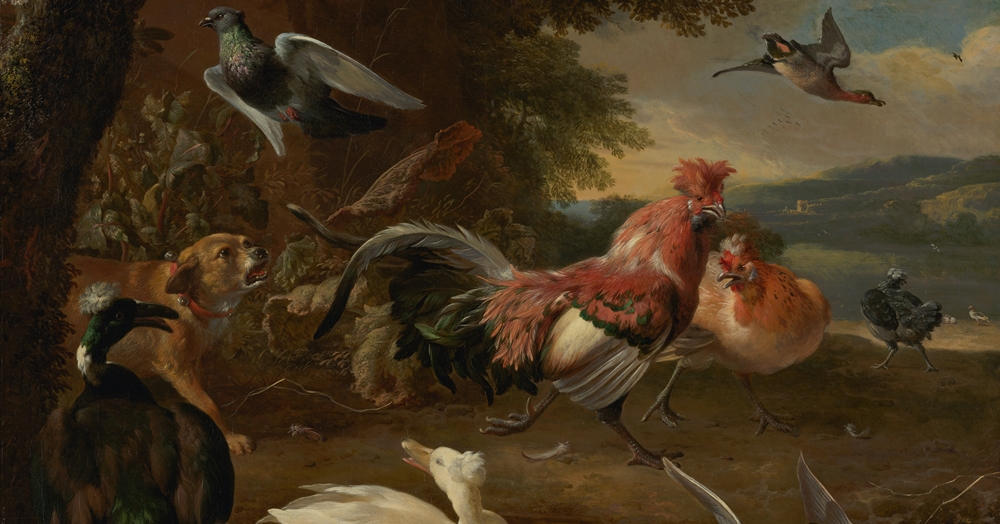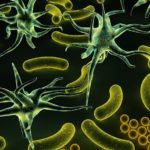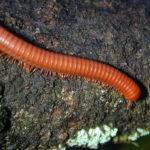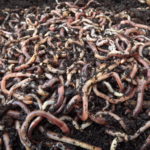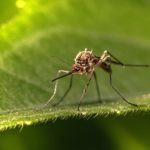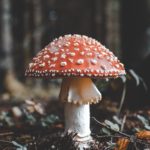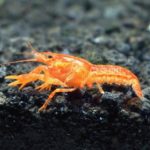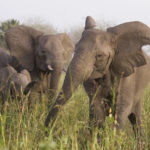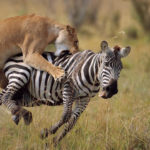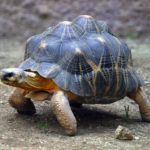Scientific Names of Animals – List of all animals with scientific names
In this article, we will check the scientific names of animals. Animal Kingdom is one of the two great sections into which biologists divide most living things. The other section is the plant kingdom. In many cases, the difference between animals and plants is obvious. Plants are fixed in one place; they grow by spreading out; and are mainly green in color. Animals are more compact and move under their own power.
The animal kingdom is also called Animalia, so we can say that it is the scientific name of the animal kingdom. However, some microscopic plants can travel about in water by moving tiny hairs. The real difference between animals and plants is in their method of feeding. Plants make their own food from simple substances. Animals eat plants or animals that eat plants. Some eat dead matter. However, there are some plants that catch and feed on insects. Other differences arise from the different feeding methods of animals and plants. Firstly, animals have to move about and most animals have far more accurate and sensitive senses than plants. They detect more precisely what is happening in their surroundings and react quickly to it. This is because they have some kind of nervous system. As a result, they can avoid danger and search for food and shelter. When the weather changes or a natural disaster, such as a fire or a flood, occurs, they may be able to move to a better place. Consequently, they have a better chance of survival. Animals can also adapt (change) to varying conditions more quickly. This ability has led to the great variety of animals and occurred during the process of evolution.
There is a much greater variety of animals than there is of plants. Biologists know of nearly a million different species (kinds) of animals, but only a third as many plants. Animals vary from the tiny one-celled amoeba, which can only be seen clearly under a microscope, to the huge blue whale, which may weigh 150 tons and measure 100 feet in length. Animals also live in almost every part of the world, from ocean deeps to high mountains.
Also, you can find out the scientific names of plants here – Scientific Name of Plants.
But, in spite of this variety, most animals have similar features to some other animals. Biologists use such similarities as the basis on which to classify animals into groups. The closer they are related – the more similar they are – the closer is the grouping. In this way, a number of species may be grouped into a single genus, several of which make up a family. Families are themselves grouped into orders. A number of orders make a class, and several classes comprise a phylum. The 20-odd phyla are the principal groups that make up the animal kingdom.
List of all animals with scientific names
Now let’s check the list of scientific names of animals. In this list, you can find the scientific name of each animal and by clicking on the scientific name you will be redirected to another page where you can see detailed information about the animal. We update this list periodically and add new animals. Now let’s move forward. Here is the list of scientific names of animals:
| Ant – Formicidae | Monarch butterfly – Danaus plexippus |
| Antelope – Bovidae | Monkey – Cercopithecidae |
| Apes – Hominoidea | Mosquito – Culicidae |
| Bear – Ursidae | Newts – Pleurodelinae |
| Beaver – Castor | Octopus – Octopoda |
| Beetle – Coleoptera | Owl – Strigiformes |
| Bengal tiger – Panthera tigris tigris | Panda – Ailuropoda melanoleuca |
| Butterfly – Rhopalocera | Parrot – Psittaciformes |
| Chameleon – Chamaeleonidae | Pig – Sus scrofa domesticus |
| Crayfish – Crustacea | Raccoon – Procyon lotor |
| Crow – Corvus | Rabbit – Oryctolagus cuniculus |
| Cuckoo bird – Cuculidae | Salamander – Urodela |
| Duck – Anas | Sea lion – Otariinae |
| Elephant – Loxodonta | Sea otter – Enhydra lutris |
| Fox – Vulpes vulpes | Shark – Selachimorpha |
| Guinea pig – Cavia porcellus | Snail – Gastropoda |
| Hamster – Cricetinae | Snake – Serpentes |
| Hedgehog – Erinaceinae | Sparrow – Passeridae |
| Hippopotamus – Hippopotamus amphibius | Squid – Decabrachia |
| Kangaroo – Macropodidae | Squirrel – Sciuridae |
| Lion – Panthera leo | Tortoise – Testudinidae |
| LizardLacertilia | Turkey – Meleagris |
| Mice – Mus musculus | Zebra – Equus quagga |
This was the list of the scientific names of animals. As you know, the entire list of animals is huge, so we periodically add new animals to this list and hope that we can add all animals to this list.
By far the biggest of these in terms of the number of species is the phylum Arthropoda, the arthropods. This includes all the insects, crustaceans, spiders, scorpions, centipedes, and millipedes. These groups are themselves, classes, within the phylum. Insects alone number over 800,000 species – more than three-quarters of all the known species of animals. Another important phylum is Mollusca, the mollusks. Most of these creatures have shells – examples include snails, clams, limpets, oysters, and mussels. But some mollusks, such as the squid and octopus, have entirely soft bodies, with no shells.
- Protochordata: Chordates that have no true brain and no braincase or backbone. They lack a heart and the type of kidney typical of vertebrates. Examples are sea-squirts, lancelets, and acorn worms.
- Cyclostomata: Vertebrate chordates with an endo-skeleton of cartilage. They have no jaws and lack scales and bones. Examples are the lampreys, hagfishes, and slime hags.
- Elasmobranchii: Fishes with well-developed jaws. They have an endoskeleton made of cartilage; bone is entirely lacking. The skin is covered with horny, teeth-like scales.
- Choanichthyes: Fishes with internal nostrils. Their paired fins have fleshy lobes. Examples are the coelacanth and lungfishes.
- Actinopterygii: Ray-finned fishes with well-developed jaws. They have an endoskeleton made almost entirely of bone.
- Amphibia: Cold-blooded vertebrate animals that usually need to return to the water to breed. Except in some limbless forms, they lack scales. They usually have lungs and moist skin through which they can breathe. Examples are frogs, toads, newts, and salamanders.
- Reptilia: Cold-blooded vertebrates fitted for life on land. The skin is dry and covered in scales. They have lungs and show an advance on amphibians in laying shelled eggs that hatch on land. Examples are crocodiles, snakes, turtles, and lizards.
- Aves: Warm-blooded vertebrates that have feathers. Like most reptiles, they lay shelled eggs. Another reptilian characteristic is the presence of scales on the legs and feet. The fore-limbs are modified as wings.
- Mammalia: Warm-blooded vertebrates that have hair. The young are nourished with milk which is provided by milk or mammary glands. Except for the monotremes which lay eggs, mammals bear their young alive.
- Monotremata: The egg-laying mammals. Examples are the platypus and spiny ant-eater. Neither animal has teeth.
- Marsupialia: The pouched mammals. These bear their young alive but in a small, relatively unformed state. The female has a pouch on the lower part of the abdomen in which the young are carried and suckled until they are able to fend for themselves. Examples are kangaroos, wallabies, koalas, and opossums.
- Placentalia: Mammals in which the young during their early development are connected to the mother by a ‘plate’ of tissue – the placenta. This passes on food, oxygen, and chemicals to the embryo. The young are born at a more advanced stage than in other mammals. Examples are rodents, cats, dogs, horses, sheep, monkeys, apes, and man.
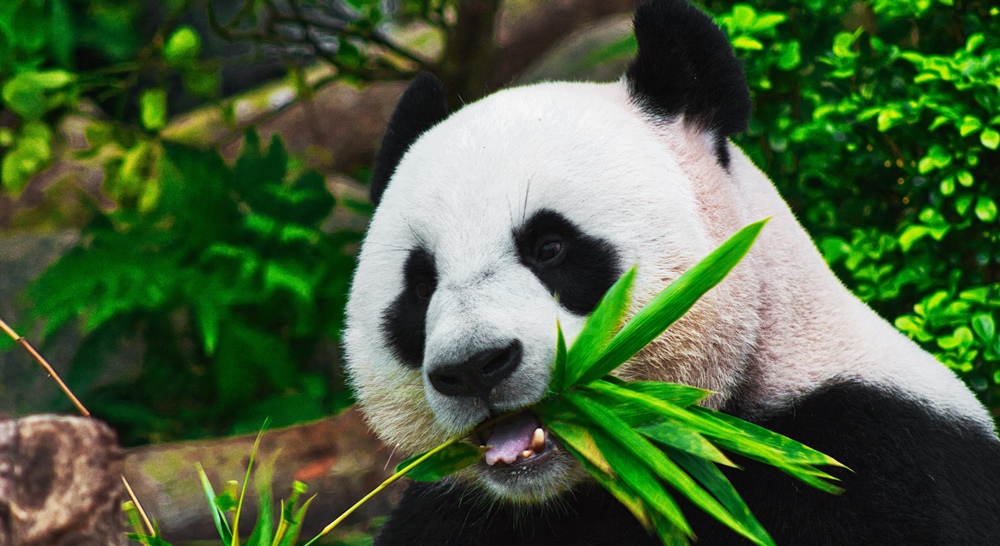
Perhaps the most varied and most important phylum is the Chordata, the chordates. What distinguishes them from all other animals is the hollow nerve cord that extends the length of their backs. They also have some kind of supporting rod of elastic material. In the more primitive chordates, this is a simple notochord, but the vertebrates – the most important group of chordates – all have backbones.
The vertebrates are the most advanced and most successful of all the animals. They include fishes, amphibians, reptiles, birds, and mammals. The mammals are the most advanced of the vertebrates, and the most advanced mammal is man himself.
